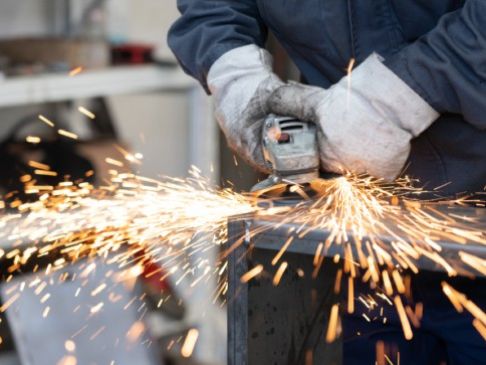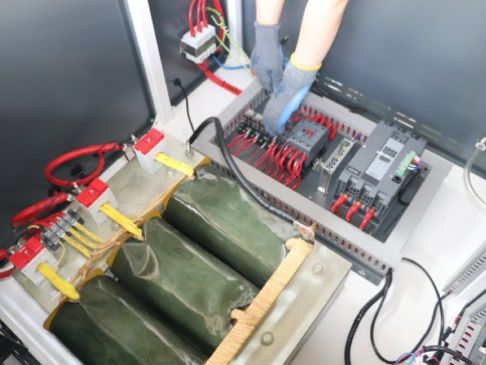Time:
Dental Sintering furnaces play a crucial role in the sintering process of dental restorations, particularly those made from zirconia. This process transforms the milled zirconia framework into a strong, biocompatible final product. Dental sintering furnaces are used to process dental zirconia after it has been milled into a crown , bride , framework or other restoration
Choosing the right dental furnace for your lab or practice is essential for achieving optimal results. Here's a breakdown of dental furnaces for sintering:
Lab Furnace Features:
Dental furnaces reach extremely high temperatures, typically between 1450°C and 1600°C, to sinter zirconia effectively. Sintering involves densification and crystallization of the material, making it strong and durable.
Some Lab furnaces also offer glazing functionalities at lower temperatures to achieve a smooth, aesthetically pleasing surface finish.
Key Features to Consider for selecting dental sintering furnace
Chamber Size: Choose a size that accommodates your typical workload and allows for adequate spacing of restorations.
Heating Elements: Silicon carbide elements are preferred for zirconia sintering due to their chemical compatibility and durability.
Temperature Control: Precise temperature control is crucial for consistent results. Look for furnaces with multiple programmable cycles and accurate temperature sensors.
Ramp Rates: Gradual heating and cooling rates can minimize stress on the restorations and prevent cracking.
Safety Features: Over-temperature protection and automatic shut-off features ensure safety and prevent damage.
Ease of Use: Intuitive controls and clear displays simplify operation.
Connectivity: Some furnaces offer data logging or integration with CAD/CAM systems for greater workflow efficiency
Related News

ndustrial furnaces are used globally for a wide range of applications. As the selection of applications grew, different types of furnaces were developed to keep up with demands.
ASHING FURNACES
Ashing furnaces are used to determine the amount of ash that forms after a sample is burned. Typical materials used as samples in ashing furnaces are petroleum products, lubricating oils, and coal.

Our furnaces can be used in high-temperature tempering, annealing, quenching and other
Get A Free Quote
Submit Request